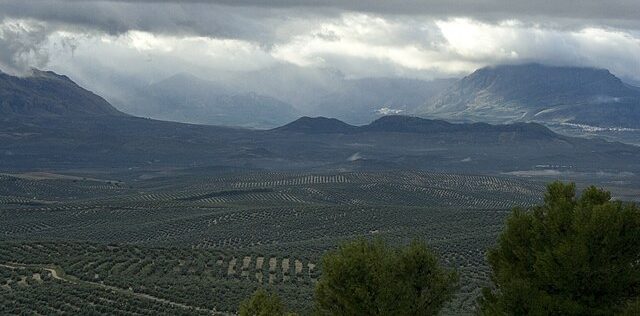South Africa successfully harvested its last olive crop for the 2023 season in September just a month after Argentina, amid global shortage.
The southern hemisphere’s harvests have been the main focus of European olive oil companies for some time. Importers have been looking south after the European season ended early in 2023 due to arid conditions in Andalusia.
End of South Africa olive harvest
By mid-September, South Africa had pressed 1.2 million liters of olive oil. This is according to Philip King, the vice chairman of the South African Olive Industry Association (SA Olive).
Though impressive, the production capacity is down from that of 2022, which managed 1.7 million liters of virgin olive oil.
The reasons for the low olive production in 2023 included frequent power blackouts that affected greenhouse producers.
Load shedding implementation in South Africa’s energy sector coincided with the peak April harvest of olives and hence affected yields. The South Africa olive season runs from February, peaks in April and ends in September.
South Africa’s exports of fresh and preserved olives in 2022 was 72% lower than in 2019, when the country exported 1,203, 927 tonnes. The export price also depreciated between 2019 and 2022 from $2.61 to $2.35 per kg.
Impressive Argentina Olive harvest
The Argentina harvest concluded in August and beat the odds to surpass the sorry production levels of 2021 and 2022.
With good weather conditions, albeit a little hot, 2023 has been promising a bumper olive harvest right from the start. Northwest Argentina including Catamarca province, North San Juan and La Rioja have all produced olives at the maximum capacity.
Apart from eastern Mendoza province, which experienced frosty conditions, most olive-producing regions in Argentina have posted higher yields in the 2023 season than in the past two years.
According to ITC, Argentina exported 46,312 metric tonnes of preserved olives worth $68.54 million in 2022. This marked an increase by 18.8% from the 2021 exports worth $57.68 million. Both years, however, were still shy of the over 53,000 tonnes Argentina exported in 2018 and 2019.
At the same time, the South American country produced 33,000 tons of olive oil in the 2021-2022 production period.
Global olive oil shortage of 600k tonnes
As harvests ebb out in South America and South Africa, European importers are still looking south for more.
Experts expect global olive oil production to drop to just 2.4 million tonnes, shy of the global demand of 3 million tonnes.
Spain, the world’s biggest producer of olives and olive oil faced an intense drought this year, which killed hopes for matching international demand.
